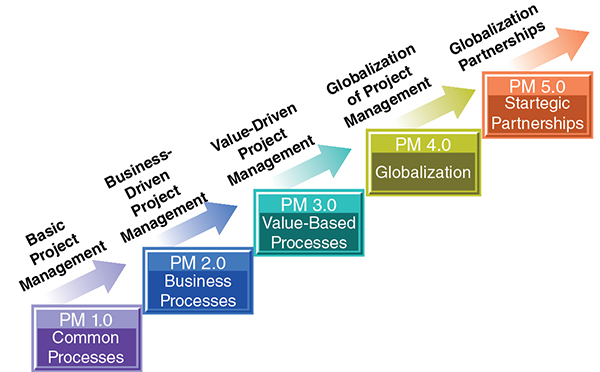18 Agile and Scrum
18.0 INTRODUCTION
As project management evolved, new techniques have appeared that are outgrowths of the changes in the project management landscape. Agile and Scrum are two such techniques. Figure 18–1 shows some of the changes that are taking place. Levels 2 and 3, which contain some of the core concepts for agile and Scrum, focus more on the characteristics for growth and maturity of project management whereas Level 1 contains basic principles and focuses on getting the organization to accept and use project management.1 Because executives initially mistrusted project management and were afraid that project managers might make decisions that were reserved for senior management, we have learned that many of the characteristics of Level 1 were actually detrimental to effective project management implementation and served as significant roadblocks for agile and Scrum development. Therefore, the characteristics identified for Level 1 are the reasons why additional levels of maturity were needed, resulting in the development of agile and Scrum approaches.

Figure 18–1 Levels of project management maturity.
Level 1 (Common Processes)
- Projects are identified, evaluated, and approved without any involvement by project managers.
- Project planning is done by a centralized planning group, which may or may not include the project manager.
- Even though the planners ...
Get Project Management Best Practices: Achieving Global Excellence, 4th Edition now with the O’Reilly learning platform.
O’Reilly members experience books, live events, courses curated by job role, and more from O’Reilly and nearly 200 top publishers.

